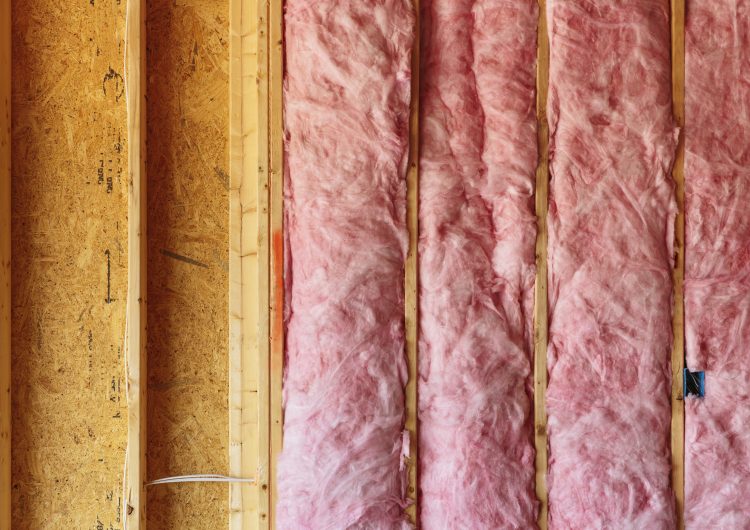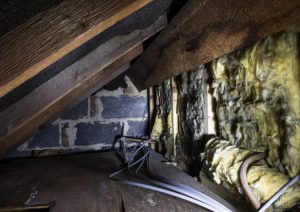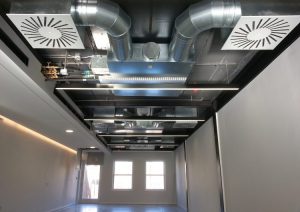Fiberglass insulation remains the most popular type of insulation for homeowners on a budget. Here’s an overview of its pros and cons.
Dale Kleist discovered fiberglass insulation in 1938 and since then, it has become one of the most famous types of insulation. Despite it being an accidental discovery, the fiberglass was widely available and affordable making it easy to manufacture in large quantities1.
Fiberglass insulation comes as blanket rolls and batts, or loose-fill insulation and is affordable and easily available. Here are some fiberglass insulation pros and cons.
Benefits of fiberglass insulation
- Energy-efficient- heating and cooling expenses account for more than 50% of a home’s energy bills2. When correctly installed, fiberglass insulation helps your home be comfortable during extreme weather conditions.
- Easy to install- blankets and rolls are the most preferred type of insulation for DIY projects because they are easy to unroll. They are also available in pre-cut panels making it easy to fit the insulation in joists and between rafters.
- Resistant to moisture- most attics are prone to moisture damage, especially for homes in high humidity areas. Fiberglass insulation has moisture-resistant abilities that makes it less prone to mold growth.
- Noise resistance- this type of insulation has noise dampening abilities and any excessive noise getting into your home is reduced considerably. This quality makes fiberglass the go-to type of insulation for homeowners in noisy areas.
- Fire-resistant- fiberglass is made from recycled glass and sand particles, materials that are non-combustible.
All factors considered, fiberglass is fairly affordable and can be found in high density and medium density options. It is also made from renewable materials, doesn’t shrink and rarely suffers insect damage. Loose-fill insulation fully covers the inside of wall cavities, providing an even and consistent layer of home insulation.
Cons of fiberglass insulation
- Prone to air leaks – fiberglass insulation is not dense so it doesn’t create an air-tight seal, making it more prone to air leaks. You may need a vapor barrier to go with it.
- It’s inhalable- protective gear must be worn when installing fiberglass as the tiny slivers of glass can lodge themselves in your skin. Fiberglass material is also inhalable and can cause respiratory infections.
- Improper insulation can reduce efficiency- failure to install the insulation correctly could result in energy losses and ultimately high energy bills. Any gaps between layers of insulation will allow movement of heat in between the insulation.
- Decrease in R-value- over time, fiberglass material will dislodge from the insulation and settle on the flow and walls. This reduces the R-value of the insulation.
Fiberglass insulation pros and cons: Is it worth it?
The benefits of fiberglass insulation by far outweigh the cons. Before settling on any type of insulation, have an expert conduct a home energy assessment to determine which type would be most suitable for your house. Evaluate the pros and cons and look at other factors like the cost of insulation & R-value before making a decision.
Links to sources used
- Dale Kleist Fiberglass – https://www.invent.org/inductees/dale-kleist#:~:text=An%20accidental%20discovery%20made%20by,%2C%20refrigerators%2C%20and%20furnaces%20affordable
- Insulation Fact Sheet – Energy Star – https://www.energystar.gov/sites/default/files/asset/document/Insulation%20Fact%20Sheet.pdf




